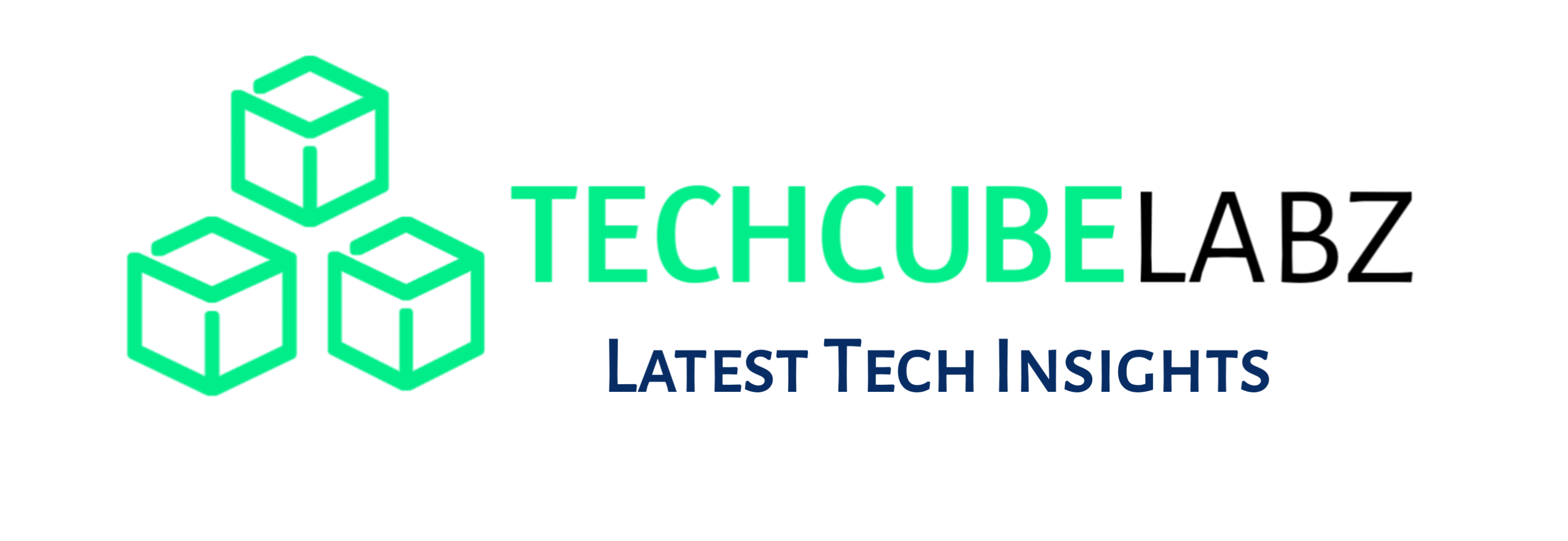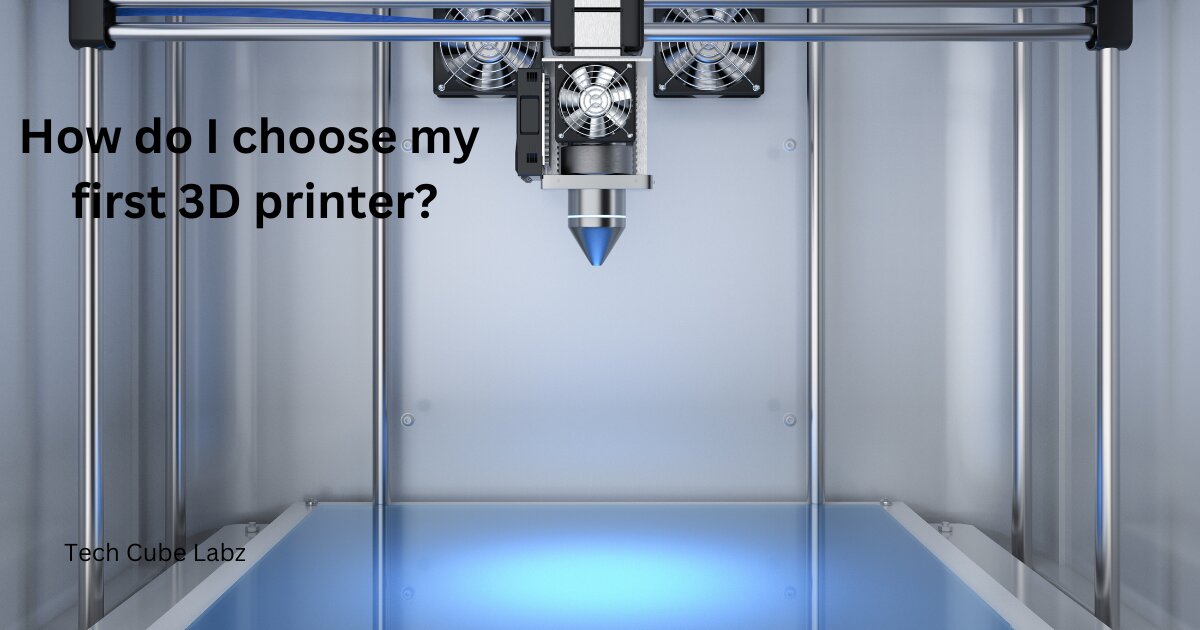
How do I choose my first 3D printer?: The size of the bed and printing capacity will depend on what you want to print.
Most commonly, we’re talking about sizes 6’x6″x6″, with 8” being the most popular. However, there are also some huge capacity printers in a variety of quality levels for those who believe that bigger is better!
At least initially, most people will print with PLA, a plastic made from vegetable material. This is the standard material.
You may also need a material with more flexibility (like the Ninjaflex brand), greater toughness (ABS PETG Nylon) or metal filaments that are abrasive for your nozzle.
The material you choose will determine what features you need. For example, a heated bed or heat-resistant parts. Or the maximum temperature that your hotel is safe to reach.
It’s possible that you don’t know the exact filament or material you need. However, you may have an idea of what you want to print.
You might want to use a food-safe filament or RC components, or if the prints are for props, armour or RC. Some printers excel at large prints, but not with fine details.
Many printers offer no or little warranty. My wombat XL arrived broken, and I had no choice but to repair it myself. (I received a $20something refund on PayPal to buy threaded rods to replace the bent ones.
To be fair, I did receive a $20something refund to my PayPal to purchase replacement threaded bars for the bent ones. Printrbot was the complete opposite. They sent me replacement parts well after the warranty period and without asking if I had any problems.
Some printers are not available or convenient in every country. If, for example, a printer can only be purchased via PayPal, you may not have a choice. Printers can be heavy and large.
The delivery from Australia to Canada took about a week and was expensive. But the Printrbot from the USA was just as expensive and slow.
I also had to pay customs duty both times. Local suppliers or resellers can offer more affordable delivery options and also help with support.
7 best 3D printer is best for beginners
- Creality Ender 3 V2
- Prusa i3 MK3S+
- Monoprice Select Mini V2
- Anycubic i3 Mega
- FlashForge Finder
- Artillery Sidewinder X1
- Elegoo Mars 2 Pro
1. Creality Ender 3 V2
The Ender Creality 3 V2 represents an upgraded 2020 version of the Ender Creality 3. The Ender 3 quickly took over the 3D printing industry and became the most popular 3D printer.
Users began to modify the Ender 3 in order to enhance its capabilities. Creality incorporated some of these improvements into the Ender 3 V2 to create a premium version.
The Creality Ender 3 V2 is a 3D printer that competes with other 3D printing options on the market. Its 8″x8″x10″ build volume and price of under $300 puts it in direct competition.
The combination of its features and low price makes it an excellent entry-level 3D printer, provided it lives up to its promises. It would help if you also considered whether the Ender 3’s V2 improvements are worth the extra cost.
We will spoil the end a little bit. Our opinion is that the Creality Ender 3 V2 3D Printer is worth the price and is an excellent entry-level 3D printer. This review will give you an overview of the printers’ capabilities, and we’ll also point out what we liked and didn’t like. [How do I choose my first 3D printer?]
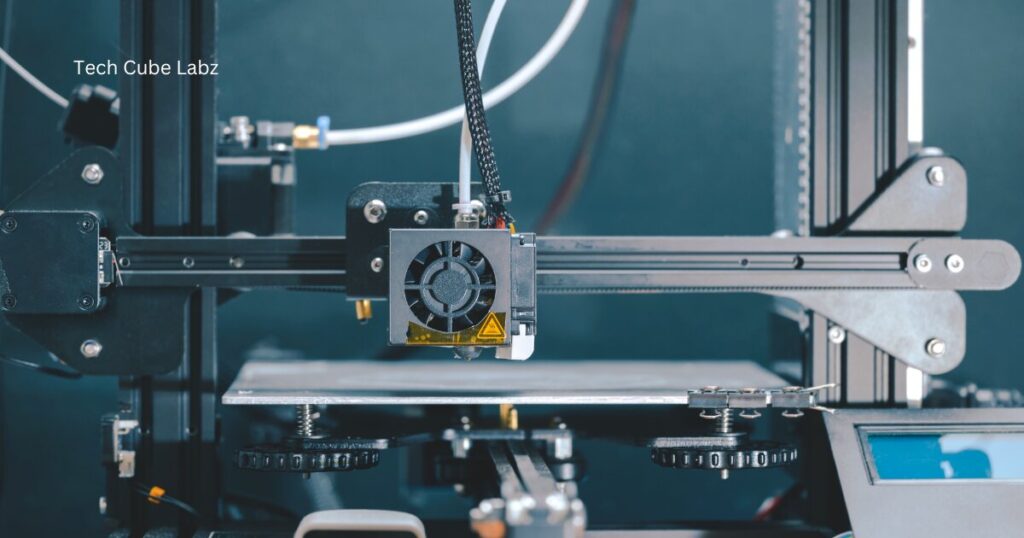
2. Prusa i3 MK3S+
The Prusa MK3S+ is one of the few 3D Printers that has received so many accolades from the industry. After spending time with it, it becomes clear why it is considered to be one of the best 3D Printers on the market.
The MK3S+ costs $999 for an assembly or $750 for the DIY kit. This is a high price for a consumer 3D printer. However, its features and the ecosystem that Prusa has created (they manufacture their own hardware and software as well as filament) make it a powerful machine.
The MK3S+ has many features, such as a silent stepper driver and power. The features of the MK3S+, which were impressive when first launched, are now standard in lower-cost machines.
They may not appear to be very impressive on a specification sheet. Clever software implementation and clear documentation have created a machine that offers a top-of-the-line printing experience. [How do I choose my first 3D printer?]
Read Also: Can beginners use a mirrorless camera?
3. Monoprice Select Mini V2
Monoprice is the king of the rebadged 3D Printers. It has two models in the under-$200 category. The mono price select mini is the next printer to be reviewed.
We have already looked at the Mini Delta, which is a wonderful little Delta-style 3D printer. It’s a standard cantilever, with an x-axis attached to the print bed and a y-axis linked by a single support. This is a basic but reliable printer with an incredibly simple set of features.
Amazon is selling the Monoprice Select Mini for $189. I chose white because all other printer manufacturers have decided you can choose any colour as long as it is matte black.
Since the start of this review series, there is a select Mini Pro that has been reduced to $199. The extra $11 is worth it for the features it offers, such as an automatic bed leveller and magnetic build plate.
Monoprice’s budget is completely blown for this series, but I would be more than happy to test one if they want to send it to me. [How do I choose my first 3D printer?]
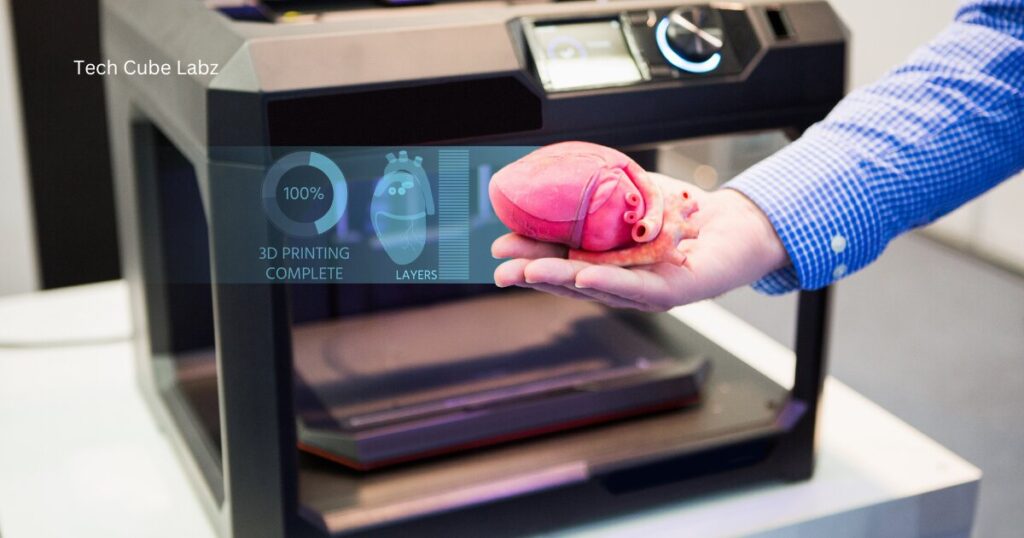
4. Anycubic i3 Mega
You can quickly familiarise yourself with 3D printers by looking at their technical specifications. You can see the most important features and characteristics in the table below.
The printer is delivered in a 15kg box. The box is divided into two layers. These boxes have all the components you need to start your i3 Mega. The boxes are very well packed and protected. There was no damage or scratching.
What I liked most about AnyCubic is that they provide not only a roll of PLA filament weighing 1kg but also spare parts. Incredible.
It’s great that they include an extra limited switch and gloves for removing prints. They also provide a bunch of tools to help you assemble or disassemble your printer. A spare hot-end is one of my favourites.
You won’t have to invest anything if something breaks because the manufacturer made sure you had spare parts. [How do I choose my first 3D printer?]
Read Also: Are 3D printers worth it for kids?
5. FlashForge Finder
The Flashforge Finder is a beginner-friendly tool that was launched in 2005. It has remained relevant due to its quality and usability.
Flashforge also released a new version, the Finder, towards the end of 2018. Although there are more affordable 3D printers for beginners, this little guy is a sturdy one with several features that set it apart. It also lacks some of the other features you would expect in a printer designed to be user-friendly.
It’s priced under $400 and significantly more expensive than the Creality Ender 3. However, it is more advanced, offering features like WiFi connectivity and a colour touch screen, and easier to use by beginners.
It is also expensive when compared with other Chinese 3D printers that are similar in price but have more capabilities, such as the CR-100. [How do I choose my first 3D printer?]
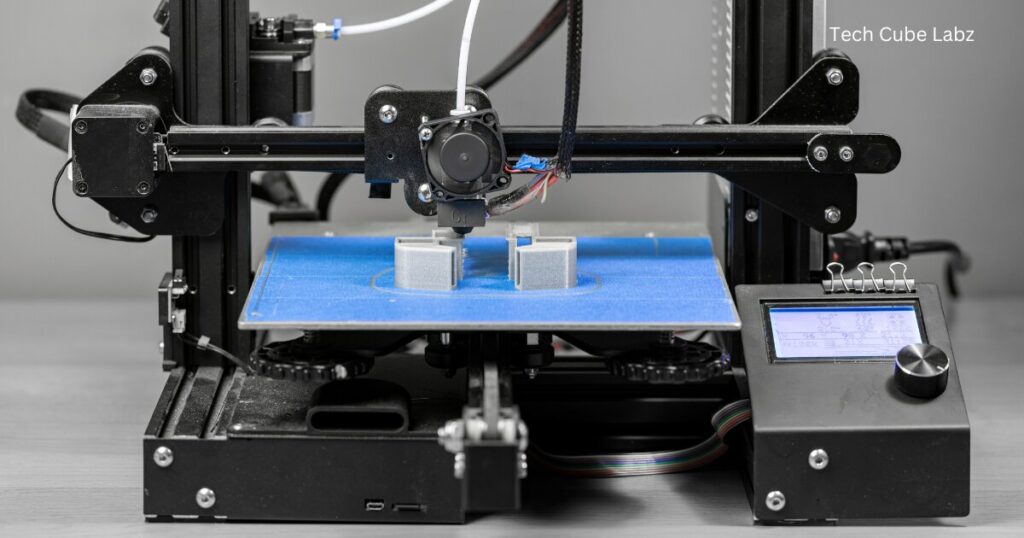
6. Artillery Sidewinder X1
Artillery Sidewinder X1 comes with a number of features that you might consider upgrading to similar budget printers.
The Sidewinder is a budget competitor that stands out from the rest. This 3D printer is appealing to both beginners and tinkerers because of its sleek design and spacious build volume.
The printer is not without its flaws, given its price range. Especially the ribbon cables that endow the printer with such a sleek look are prone to break over time, and the thermal inequality of the build plate can lead to problems when printing with temperature-sensitive filaments.
The experience out of the box was mostly fun. We would recommend it both to experienced users and beginners who have the patience to tinker with the printer further down the line. This is a good starting point that can produce great prints. [How do I choose my first 3D printer?]
7. Elegoo Mars 2 Pro
The Elegoo Mars 2 Pro is a great example of a 3D printer that can be affordable.
The Elegoo Mars 2 Pro is currently available for 260/PS230/AU$640. This is a price that is fair for the high quality you get and is in the same price range as the AnyCubic Photon mono.
The Mars 2 Pro is slightly larger than the original Mars 2 printer. It has a metal vat instead of a replaceable plastic one.
The original Mars 2 is available for about $200/PS215. Other differences include an air filter system and a seal around the edges of the red acrylic cover.
Both printers can print on paper. If you don’t care about a better machine, you can get the same results with either.
If you don’t think that the Mars 2 Pro will provide enough room for your prints, or if you are looking to print in bulk for a small company, you may want to consider other printers. [How do I choose my first 3D printer?]
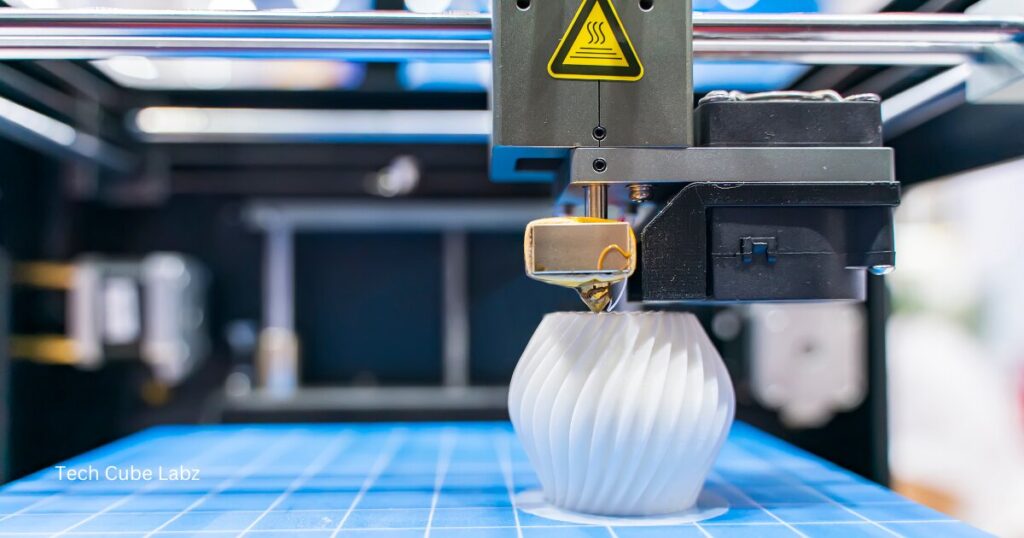
Conclusion:
Beginners should choose a 3D Printer that’s easy to use and set up and has a good online community and customer support. Due to their ease of use, reliability and community support, the Prusa MK3S+ and Ender 3 V2 are both excellent choices.
For those who are interested in resin printing, the Elegoo Mars 2 Pro or Anycubic Photon mono provide high-resolution prints for an affordable price.
The best 3D printers for beginners will ultimately depend on the user’s specific needs. This includes the build volume, the budget and the materials that they want to use. [How do I choose my first 3D printer?]
How do I choose my first 3D printer?: FAQ
1. Is it safe to be in the same room as a 3D printer?
Ans: Make certain that the area where you plan to use the printer is well-ventilated with plenty of fresh, uncontaminated oxygen to dilute and eliminate particles and gases.
2. Can PLA cause headaches?
Ans: Headaches and nausea: Some individuals may experience headaches after inhaling PLA fumes. This is especially true if the area in which they are located is poorly ventilated.
3. Is 3D printing the future?
Ans: 3D printing is a growing technology that allows for the customization and creation of new technologies.
